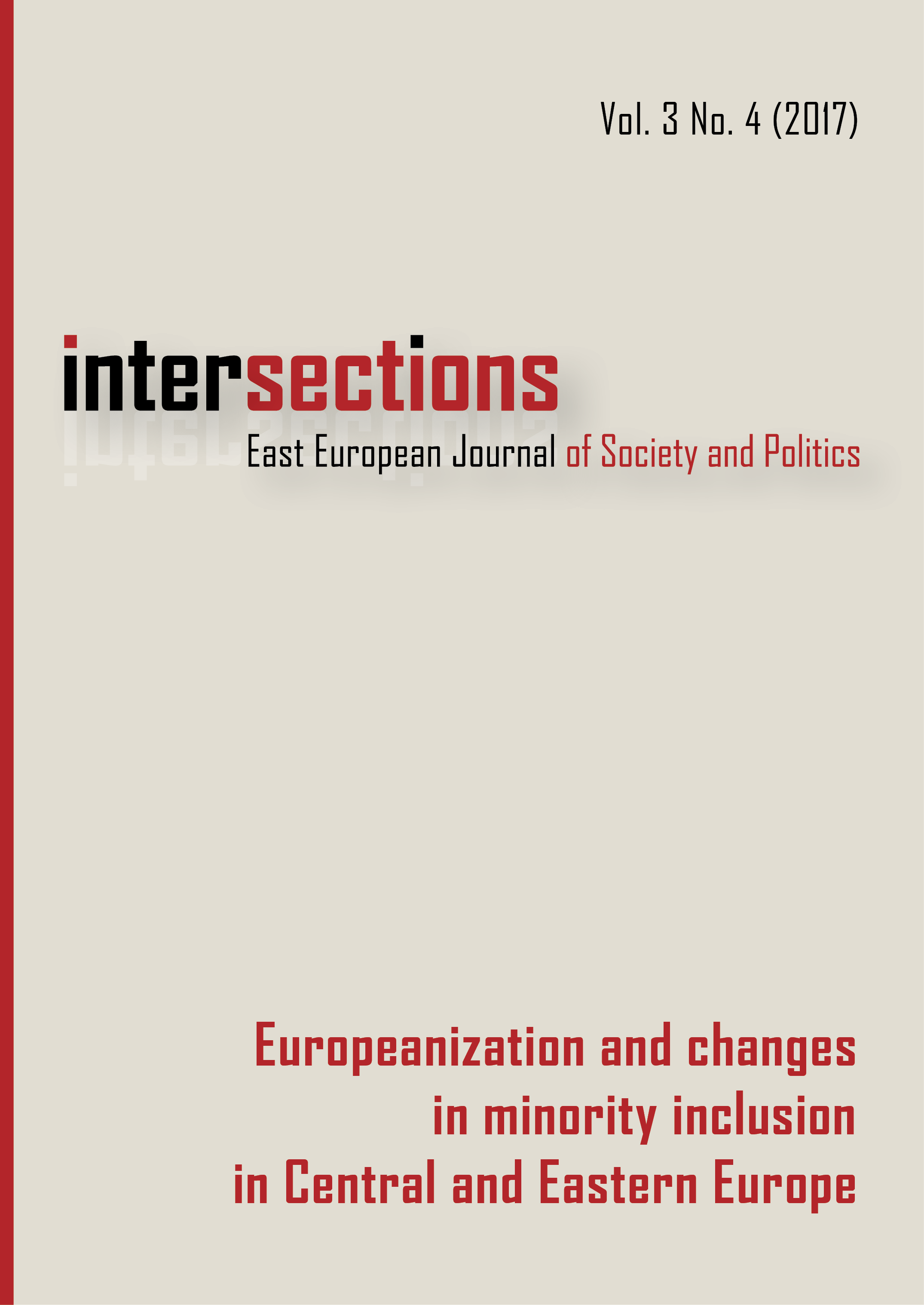The Limits of Operational Representations
Ways of Seeing Roma beyond the Recognition-redistribution Paradigm
DOI:
https://doi.org/10.17356/ieejsp.v3i4.412Abstract
Since 2011, the EU has called upon its member states to step up their efforts to improve the socioeconomic conditions facing many Roma. It has also sought to secure the ethnic representation of the Roma in these efforts. By doing so, the EU has tried to strike a balance between redistribution and recognition: it has recognized the ethnic specificity of this group, but it has also framed the issue as one that requires a socioeconomic solution. Using insights from frame analysis, visual theory and governmentality studies, we argue that the EU’s balancing act between recognition and redistribution has its limits. Current redistribution policies may be open to forms of group representation, but the deeper operational representations which underpin that openness still conceptualize the Roma in restricted ways. These operational representations determine how the Roma become publicly ‘visible’ and ‘governable’. In this article, we speculate about a possible trajectory out of this impasse and argue in favor of a repertoire of representation that allows for more fluid and contestable images of the Roma.

Downloads
Published
How to Cite
Issue
Section
License
Copyright Notice
Authors who publish with this journal agree to the following terms:
Authors retain copyright and grant the journal right of first publication, with the work three months after publication simultaneously licensed under a Creative Commons Attribution License that allows others to share the work with an acknowledgement of the work's authorship and initial publication in this journal.
Authors are able to enter into separate, additional contractual arrangements for the non-exclusive distribution of the journal's published version of the work (e.g., post it to an institutional repository or publish it in a book), with an acknowledgement of its initial publication in this journal. This acknowledgement is not automatic, it should be asked from the editors and can usually be obtained one year after its first publication in the journal.



